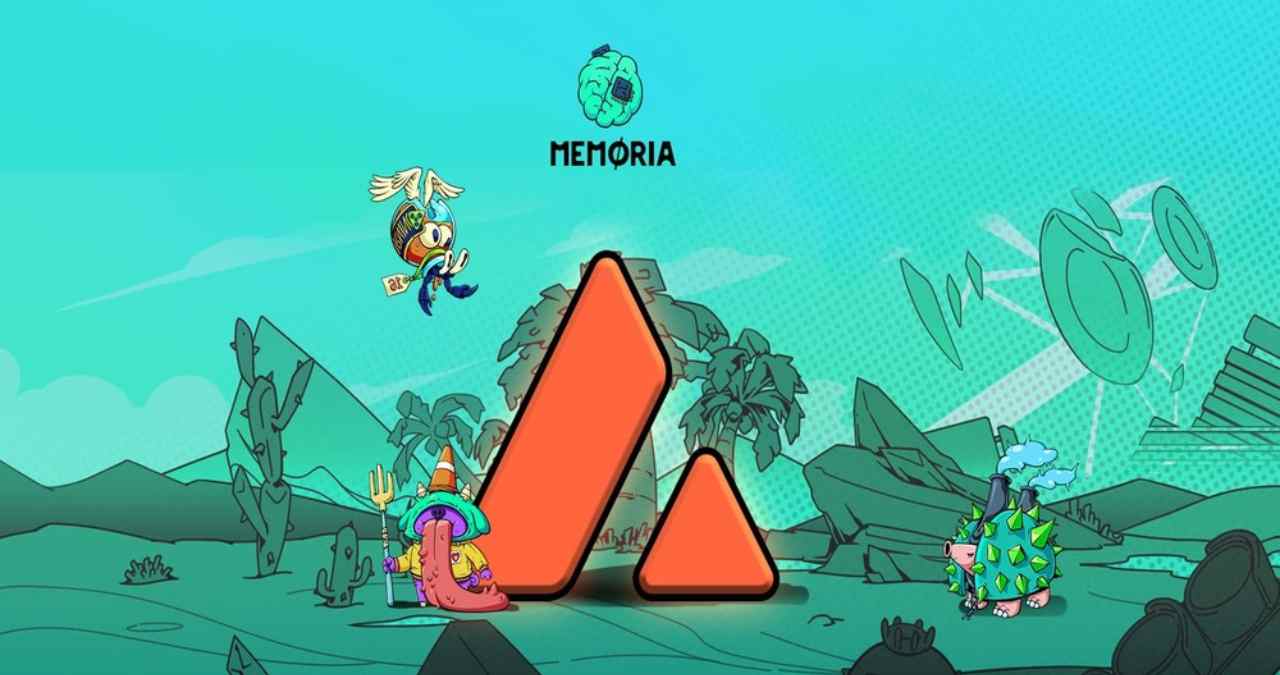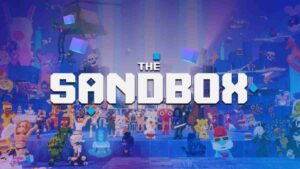Web3 RPGs have been experimenting with different ways to tie progression to blockchain rewards, and Memoria Chronicles Idle is testing one of the more straightforward methods. With its first open beta season underway, the game blends idle RPG structure with a play-to-airdrop system designed to connect in-game performance with tokenized rewards.
Season 1 marks a shift from closed testing to a broader cycle, giving the team a chance to fine-tune balance while layering in incentives that speak directly to the Web3 audience.
Idle RPG Framework
At its base, Memoria Chronicles Idle fits into the familiar idle RPG format. Players recruit characters, strengthen their teams, and progress through stages that continue generating rewards even while offline. This approach mirrors popular mobile idle titles, where the appeal lies in steady accumulation rather than high-intensity play.
The choice to pair an idle framework with Web3 elements makes sense from a design standpoint. Idle games already operate on loops of incremental growth and resource collection, which map neatly onto blockchain reward structures.
Play-to-Airdrop System
The standout feature of this season is the play-to-airdrop mechanic. Instead of relying purely on NFT ownership or direct token purchases, Memoria Chronicles Idle connects player activity with eligibility for seasonal airdrops. Performance and engagement essentially double as contribution metrics, rewarding active participants with tokens.
This model reflects a broader shift in Web3 gaming, where projects are trying to reduce friction for new players while still offering blockchain-native rewards for invested ones. It also helps address a common criticism of earlier Web3 games, where rewards felt detached from actual gameplay.
Seasonal Structure and Progression
Season 1 functions as both a content rollout and a testing ground. Players progress through stages, climb leaderboards, and accumulate activity that ties back into reward pools. Structuring the open beta around a season mirrors how live-service games operate, giving the project clear windows for balance changes and new content.
By combining idle mechanics, seasonal cycles, and token rewards, Memoria Chronicles Idle is positioning itself within a recognizable format while layering in Web3-specific incentives. The question is less about whether the formula works in isolation and more about whether it can sustain engagement across multiple seasons.
Context Within Web3 Games
Idle RPGs have long been popular in mobile markets, often thriving on simplicity and low time commitment. In Web3, they offer an accessible entry point compared to more complex strategy or action-driven projects. Memoria Chronicles Idle’s Season 1 shows how developers are trying to merge these genres: light-touch gameplay for broad appeal, paired with blockchain integration for an added layer of incentive.
How well this balance holds up will depend on long-term support and whether the play-to-airdrop model can evolve beyond novelty. For now, it stands as another step in Web3 gaming’s ongoing search for formats that connect reward systems with meaningful gameplay loops.
Web3 Analyst & Play Blockchain Games Guide
CryptoKit breaks down Web3 gaming like it’s second nature. From tokenomics to airdrop strategies, she turns blockchain chaos into clear, actionable advice for players who want to win more than XP.




